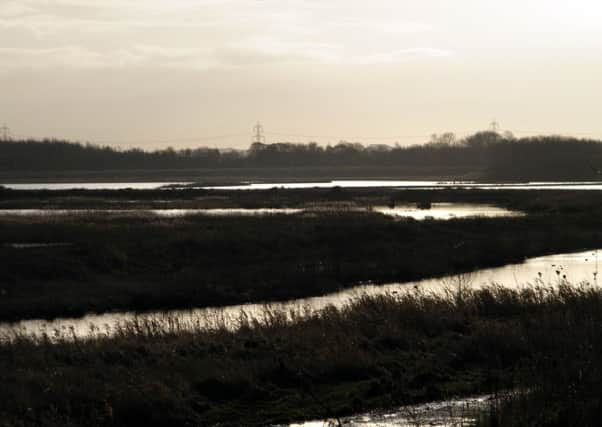Country & Coast: Industrial reclamation pays off for wildlife


This thought usually comes to mind when I visit the area. Once grossly disfigured by collieries and power station ash lagoons, it is now covered by some of the most attractive wetland sites for birds - and birdwatchers - in Yorkshire.
Places like the RSPB reserve at Fairburn and less well-known Swillington Ings might not exist if pressure groups and social media had been there to whip up opposition to the industrial development of this vast swathe of river plain to the southeast of Leeds.
Advertisement
Hide AdAdvertisement
Hide AdThe transformation from eyesore to photogenic eye-catcher is remarkable, and this week’s list of bird sightings tells the story far better than any before-and-after pictures of the landscape.
On Monday, for example, birders at Swillington were treated to a great white egret, a rare heron that was recorded in Yorkshire just four times in the 19th century and wasn’t seen again for 106 years. Now the population is expanding, and - once unimaginable - it is an occasional visitor to these reclaimed wetlands.
On the same day, another beauty was delighting everyone who brought binoculars: a black-necked grebe. Significantly smaller than its great-crested relative, it is a more regular occurrence at Swillington, despite the entire UK population in winter being estimated at just 130 birds.
There was also a pair of marsh harriers about, and for me this is one of the great success stories of the former industrial areas. It is rare that I visit the Lower Aire without seeing at least one of them; likewise at other Yorkshire wetlands such as the RSPB’s reserves at Blacktoft near Goole and Old Moor in the Dearne Valley.
Advertisement
Hide AdAdvertisement
Hide AdThese extraordinarily agile birds of prey, identified by long tails and habit of holding their wings in the shape of a shallow “V” while in flight, used to be known as “moor buzzards” in the Doncaster area, and were once common across the great peatlands of Thorne and Hatfield Moors, but between 1850 and 1950 there was scarcely one seen in the whole of Yorkshire. Even in the 1990s they were considered rare, and many older birdwatchers seem to have failed to adapt to its relatively new status as a regular sighting at bird hides.
“There’s a marsh harrier about!” one of them greeted me excitedly at Fairburn a few weeks back, as though he had rediscovered the dodo.
Also at Swillington on Monday, there were at least two short-eared owls quartering marshy ground while a peregrine was chasing teal and wigeon. These are ducks which many take for granted but are among the most beautiful of our wildfowl. They arrive every autumn from Scotland, Iceland, Scandinavia and Russia, and thanks to the reclamation of old industrial sites they can be seen right in the heart of Yorkshire.